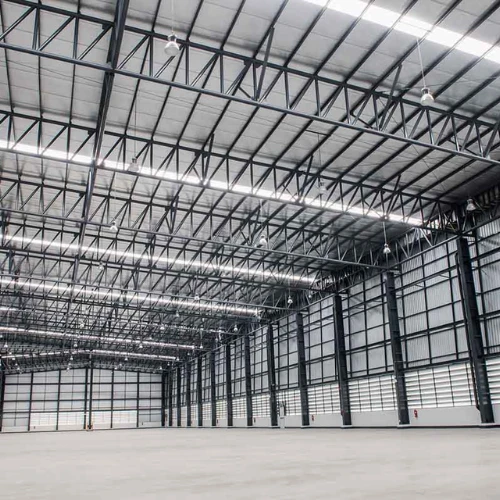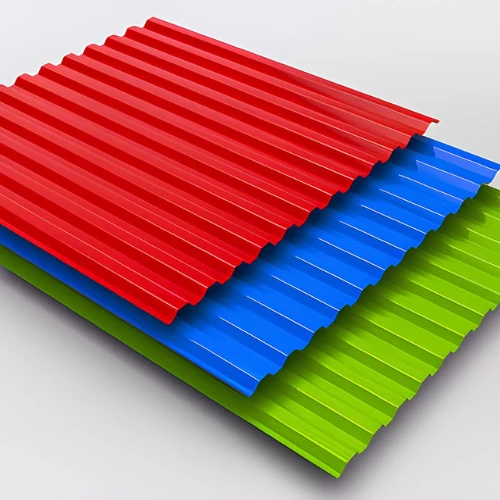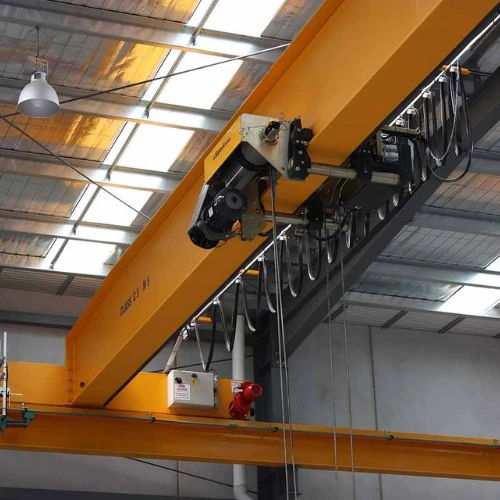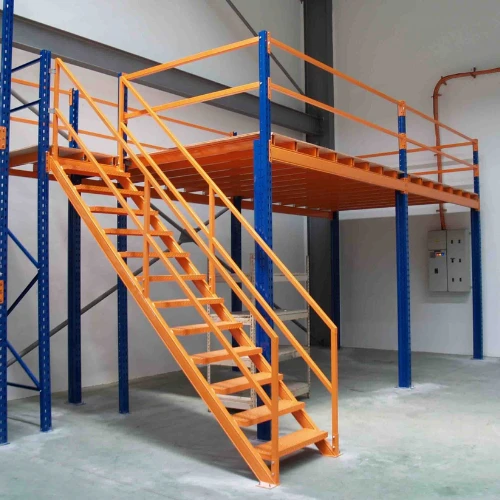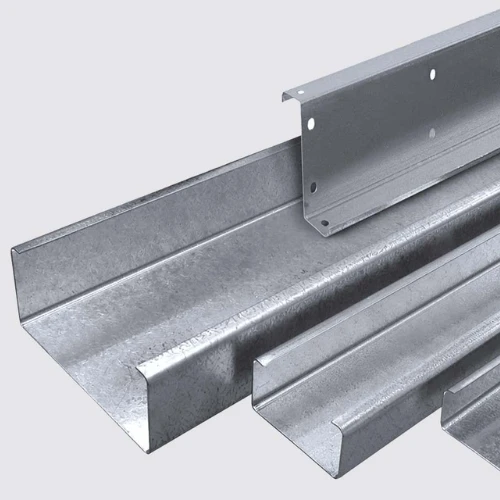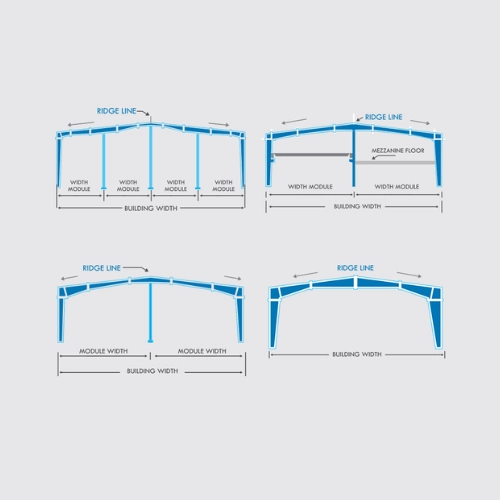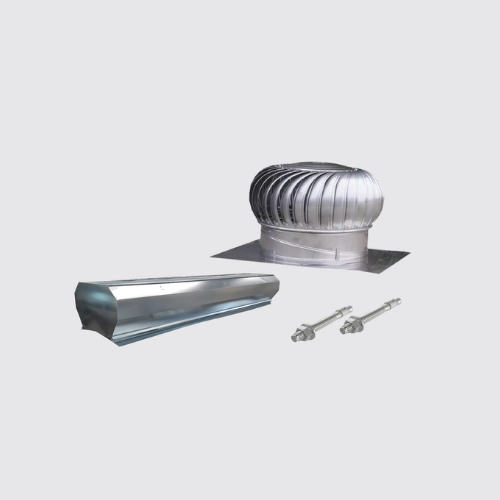Why cladding sheet in PEB Construction defines durability, efficiency, and aesthetics in Pre-Engineered Buildings. Let’s deep dive into the journey of Wall cladding in PEB structures.
Pre-Engineered Buildings (PEBs) have become synonymous with efficiency, durability, and cost-effectiveness in the rapidly evolving construction industry. Central to the success of these structures is the cladding sheet, a component that marries functionality with aesthetics. For industries in Gujarat and beyond, Choice Prefab LLP—a trusted PEB manufacturer in Ahmedabad—delivers state-of-the-art cladding solutions tailored to India’s diverse industrial demands.This comprehensive guide explores cladding sheets in PEB construction, covering their types, benefits, installation, and real-world applications. We’ll also spotlight case studies from Choice Prefab LLP’s portfolio, showcasing their expertise in delivering robust, energy-efficient solutions.
What is a Cladding Sheet in PEB Construction?
A cladding sheet is the outermost protective layer of a PEB structure, engineered to shield the building from environmental stressors like rain, wind, UV radiation, and temperature fluctuations. These sheets are crafted from materials such as galvanised steel, aluminium, or composite panels, offering a blend of durability, insulation, and visual appeal.
Key Functions of Cladding Sheets
1. Weather Resistance:
- Prevents water ingress, wind uplift (up to 150 km/h), and UV damage.
- Ideal for Gujarat’s monsoon-prone climate.
2. Thermal Efficiency:
- Insulated panels reduce heat transfer by 40–60%, slashing HVAC costs.
3. Structural Reinforcement:
- Enhances rigidity and seismic resilience in earthquake-prone regions.
4. Aesthetic Flexibility:
- Available in 50+ colours and finishes (matte, glossy, wood grain) to align with branding.
Types of Cladding Sheets in PEB Construction
1. Metal Cladding
- Galvanised Steel:
- Pros: Cost-effective, corrosion-resistant, ideal for industrial sheds.
- Applications: Warehouses, factories, and agricultural storage.
- Galvalume®:
- Pros: Aluminium-zinc-silicon coating for superior rust resistance (ideal for coastal areas like Gujarat).
- Applications: Chemical plants, food processing units.
- Aluminium:
- Pros: Lightweight, 100% recyclable, and resistant to saltwater corrosion.
- Applications: Coastal infrastructure, commercial complexes.
2. Insulated Sandwich Panels
- PU (Polyurethane) Panels:
- Pros: Thermal conductivity as low as 0.022 W/m·K, perfect for cold storage.
- Applications: Pharma units, cold storage facilities.
- PIR (Polyisocyanurate) Panels:
- Pros: Fire-resistant (2-hour fire rating), meets IS 3809 safety standards.
- Applications: Factories, hospitals, data centres.
- Rockwool Panels:
- Pros: Non-combustible, soundproof, and thermal efficiency up to 0.035 W/m·K.
- Applications: Auditoriums, manufacturing plants.
3. Composite Cladding
- Hybrid panels combining metal with PVC, fibre cement, or stone coatings.
- Pros: Decorative finishes (e.g., wood, brick) with high durability.
- Applications: Corporate offices, retail spaces.
Why Cladding Sheets are Vital for PEB Structures
1. Cost and Time Savings
- Prefabricated sheets reduce on-site labour by 40% and construction timelines by 50%.
- Minimal material waste (<5%) compared to traditional methods.
2. Sustainability
- Recyclable materials align with IGBC Green Building Standards.
- Reflective coatings reduce urban heat island effects.
3. Longevity
- 25–30-year lifespan with minimal maintenance.
- Resistant to termites, corrosion, and extreme temperatures (-40°C to 120°C).
4. Safety Compliance
- Fire-rated panels (PIR/Rockwool) meet IS 1641-1988 and IS 3809 standards.
- Seismic-resistant designs for earthquake zones (up to Zone V).
Case Studies: Choice Prefab LLP’s Expertise in Action
Case Study 1: Pharma Manufacturing Unit in Ahmedabad
- Client: A WHO-GMP-certified pharmaceutical company.
- Challenge: Maintain sterile, temperature-controlled conditions in Gujarat’s harsh summers.
- Solution: PIR insulated panels with airtight joints and solar-reflective coatings.
- Result:
(a) 35% reduction in cooling costs.
(b) Compliance with stringent hygiene and thermal stability standards.
Case Study 2: Agro-Processing Plant in Gandhinagar
- Client: A food-grade processing unit requiring hygienic, moisture-resistant cladding.
- Challenge: Prevent bacterial growth and corrosion in high-humidity environments.
- Solution: Galvalume® wall cladding with antimicrobial coatings.
- Result:
(a) Zero moisture ingress incidents.
(b) 20-year lifespan with minimal upkeep.
Case Study 3: E-Commerce Warehouse in Vadodara
- Client: A logistics giant needing a weatherproof, large-span storage facility.
- Challenge: Protect goods from monsoon rains and dust.
- Solution: Standing seam roofing sheets with concealed fasteners.
- Result:
(a) 50% faster installation.
(b) Zero leakage during peak monsoon.
Installation Process of Cladding Sheets
1. Framework Preparation: Erect primary steel columns and secondary purlins/girts.
2. Panel Alignment: Pre-drilled sheets aligned using laser-guided precision.
3. Fastening: Self-tapping screws with neoprene washers prevent thermal bridging.
4. Sealing Joints: Silicone sealants ensure watertight connections.
5. Quality Inspection: Check for gaps, alignment, and fastener integrity.
FAQs About Cladding Sheets in PEB Construction
Q1. How do I choose between Galvalume® and galvanised cladding for my PEB project?
Answer: For cladding sheets in PEB construction, the choice depends on your location and budget. Galvalume® offers superior corrosion resistance (ideal for coastal areas like Gujarat), while galvanised steel cladding sheets are a cost-effective option for inland projects.
Q2. Can cladding sheets in PEB construction reduce energy costs?
Answer: Absolutely! Insulated cladding sheets in PEB construction (like PU/PIR panels) reduce heat transfer by 30–50%, significantly cutting cooling/heating expenses.
Q3. Are cladding sheets in PEB construction suitable for Gujarat’s extreme climate?
Answer: Yes! Cladding sheets in PEB construction are designed for Gujarat’s harsh summers. Reflective coatings lower surface temperatures by 15–20°C, making them ideal for PEB structures in hot regions.
Q4. What is the installation timeline for cladding sheets in a 10,000 sq ft. PEB facility?
Answer: The installation of cladding sheets in PEB construction is remarkably fast. A 10,000 sq ft. facility typically takes 2–3 weeks, thanks to prefabricated panels and streamlined processes.
Q5. Does Choice Prefab LLP offer custom colour options for cladding sheets in PEB construction?
Answer: Yes! Choice Prefab LLP’s cladding sheets for PEB construction come in 50+ shades, including Pantone-matched corporate colours, ensuring seamless alignment with your branding
Conclusion
Cladding sheets are the cornerstone of modern PEB construction, offering unmatched protection, energy efficiency, and design versatility. Choice Prefab LLP, a leader in Ahmedabad and Gandhinagar, leverages cutting-edge materials like Galvalume® and PIR panels to deliver projects that excel in performance and aesthetics. From pharmaceutical units to e-commerce hubs, their solutions are trusted by industries nationwide. Ready to elevate your next project? Visit choiceprefab.com/our-projects/ to explore our portfolio, or contact Choice Prefab LLP for a customized consultation today!


